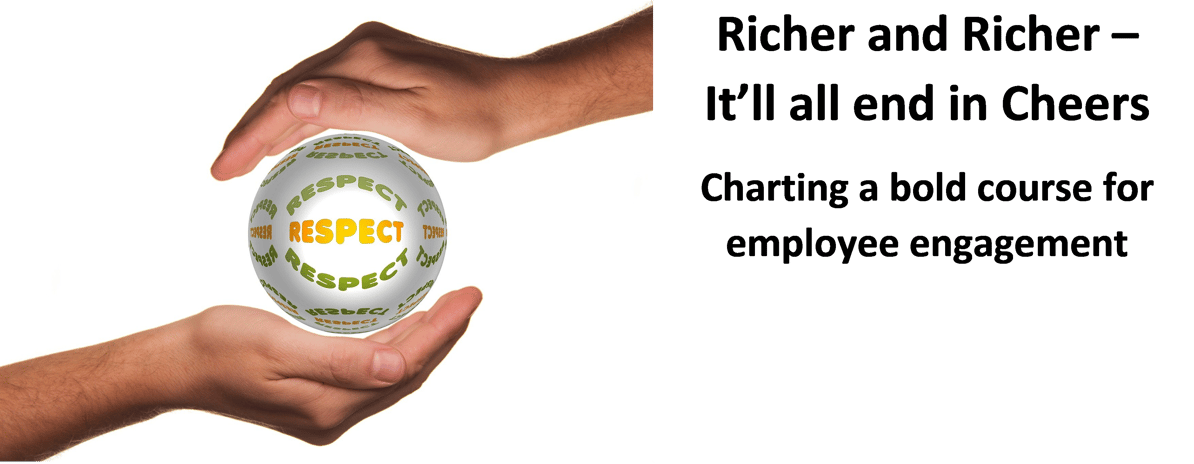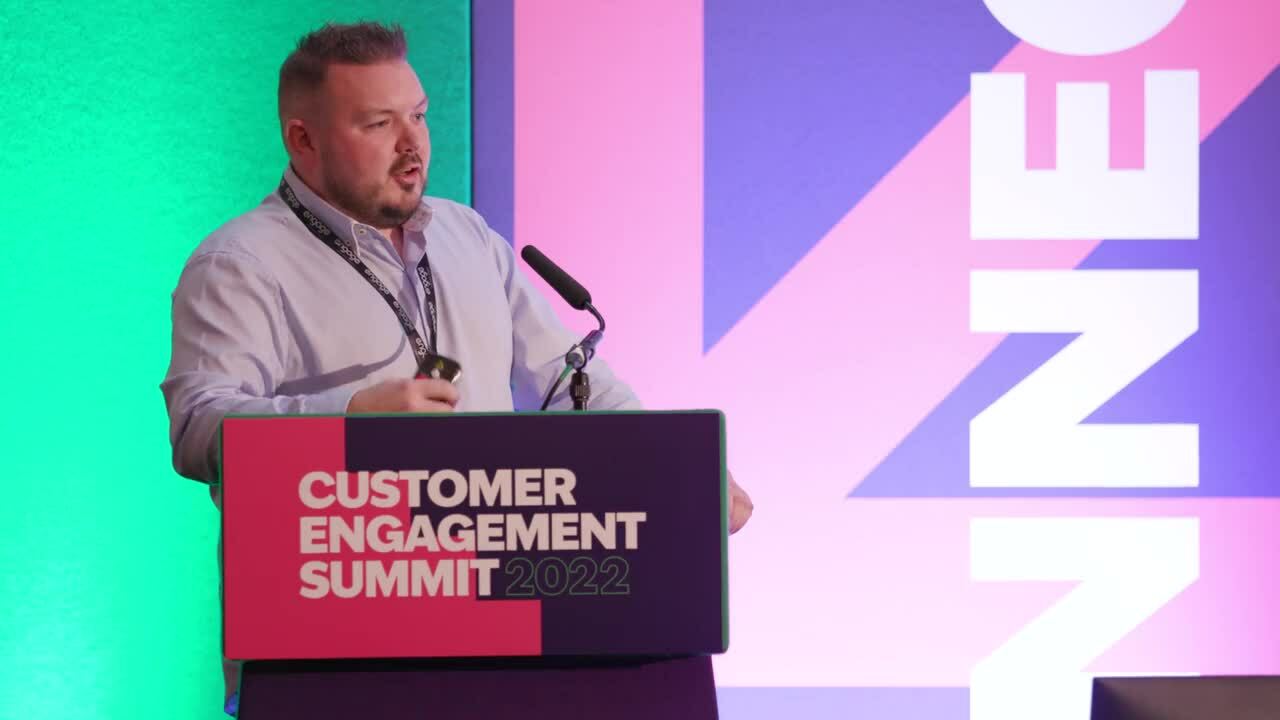Richer and richer-it'll all end in cheers

The eye of a needle is a term used by Jesus as recorded in the synoptic gospels: “I tell you the truth, it is hard for a rich man to enter the kingdom of heaven. Again, I tell you, it is easier for a camel to go through the eye of a needle than for a rich man to enter the kingdom of God.” The interpretation that seems to have the most currency is this. The "Eye of the Needle" was indeed a narrow gateway into Jerusalem. Since camels were heavily loaded with goods and riders, they would need to be un-loaded to pass through. Therefore, the analogy is that a rich man, or woman, would have to similarly unload their material possessions to enter heaven.
In more recent times, perhaps as the pandemic spread even wider, there appeared to be a greater interest in camels, aligned to stories about the more affluent members of society seeking salvation on earth by finding innovative ways to “unload” their wealth. Beyond concerns about mortality, much of this new-found “altruism” has been driven by political events such as Brexit, revolving door prime ministers, election surprises and the rise of global populism, as well as economic uncertainty and stock market turbulence. Unfortunately, for society, according to the Sunday Times Rich List, this generally meant finding a tax friendly offshore haven or other ways and means to “stash the cash” Which I don’t believe is what the good Lord had in mind and may not result in many finding the keys, or even the door, to the kingdom of heaven.
HEAVEN CAN WAIT, THERE’S STILL GOOD WORKS TO BE DONE.
However, while many of those on the rich list, down to their last £10 billion, seek ways to get richer, or stem the losses to make sure they can still pay the fuel bill for their yacht in Monaco, there are some signs that financial altruism isn’t dead. For some years many of the world’s richest people have signed up to the Giving Pledge. This was set-up nine years ago by Bill Gates and Warren Buffet, and now includes Michael Bloomberg, Richard Branson, and Sarah Blakely among an ever-increasing number of people who see philanthropy as a noble and necessary contribution to society, irrespective of any celestial reward. They were also joined by Mackenzie Scott, the former wife of Amazon founder Jeff Bezos, who is donating half of her $36 billion personal fortune and says that “she will keep at it until the safe is empty.” But while stories such as this seem to dominate the headlines, perhaps based on the eye-popping sums involved, and our fascination, or envy, about other peoples’ riches, another story that really is about getting richer, caught my eye. And, as it also has customer experience and employee engagement themes, it really made me think about the importance of treating employees and customers with respect, courtesy, and an increasing level of importance. But how many businesses really give their employees equal respect?
This epiphany didn’t just happen naturally but was the result of a question I was asked by my good Canadian friend and customer experience colleague, Vince Mirabelli, in a podcast I shared with him last year. I was waxing lyrically, as those that know me will know is my default position, about my blog There is no New Normal (published in two parts by EBM) and specifically in identifying four key elements that I felt were characteristic of companies that had survived and thrived during the pandemic. One of those elements was Nurturing Customer Engagement. In a nutshell, I opined that engaged and trusted employees naturally want to help and find it easy to locate their ‘inner customer’ where they store their reserves of empathy and understanding, to tune into their customer and turn up their performance. All genuinely nice motherhood and apple pie stuff. But Vince, being the contrarian he sometimes is, or perhaps showing his Dickensian side, questioned this view and said shouldn’t employees do what they’re told – or else.
So, when I did a little more navel gazing on this and wondered if he was right, the question I asked myself is how you attract, retain, and enthuse talent, especially in a post-pandemic world where just being employed may be cause for celebration. And I didn’t really have to look far for inspiration, and I hope, validation, for my position. And the even better news was that it didn’t take a pandemic for this to happen. No, it isn’t Zappos, although they deserve acknowledgement despite CEO Tony Hsieh’s untimely demise, as they’re still seen as poster children for great customer experience based on their strong pizza fuelled, fun loving, employee engagement focus.
RICHER AND RICHER
I’ve been name checking Julian Richer of Richer Sounds for several years for both his company’s regular and worthy appearances in the UK’s top 5 companies for customer experience and his truly altruistic approach to business. The latter made headlines when he announced that he was donating more than 60 per cent of his business, to a trust owned and operated by his 500+ employees. He then gained even more kudos by celebrating his 60th birthday by giving each of them £1000 for every year that they had worked for the company. While this may well confirm his celestial reservation, he’s been doing these deeds long enough to convince even the most cynical among you, that he really does it because he genuinely cares about his people and realises it is happily and frequently reciprocated.
I’m sure many of you will be familiar with how he has successfully and consistent merged business success with colleague engagement, so I won’t go into extraneous detail here. His 2018 book The Ethical Capitalist spells it out in detail. But since then, he has gone even further in helping other companies to follow his lead. In 2020, supported by the CBI and the TUC, he launched The Good Business Charter, aimed at improving, sustaining and giving recognition for responsible business behaviour, and is an accreditation scheme that requires businesses to make a commitment to ten specific pledges. All of which are equally important, but of special mention, and in my view key elements in nurturing employee engagement, are those that have been spotlighted by many of the businesses that I have engaged with during and since the pandemic: Employee Well-being; Employee Representation; Diversity and Inclusion.
While there are fundamental approaches to all three, with the clues being in the names, there’s no one model for any of these elements, and different companies in varying market segments may view them from different perspectives. Employee well-being may mean making sure that your colleagues mental and physical health is your top priority and that you actively support them. I’ve been fortunate to learn how organisations such as the NHS, various retailers such as the Co-op and Holland and Barrett have demonstrated compassion and understanding that has enabled them to weather some challenging times. Other businesses such as Zappos with their Wellness Warriors, are creating an attractive, interactive post-COVID workplace. by adjusting their cultures, tweaking perks, and preparing for a profound—perhaps permanent—workplace evolution. This despite the ongoing debate about the efficacy and perceived ongoing demise of WFH.
Employee representation has also gained more value, with organisations realising and trusting that the front line and other key staff members can provide valuable insights and first-hand experiences to improve customer interactions. These can shape a kinder, more caring business that employees are proud to be a part of and will want to stay and continue to build on the trust that they’ve been given. I will give Zappos a nod here because in 2006 they were one of the first companies to recognise and celebrate employee representation via their Culture Book which helped shape their 10 Core Values which continue to inspire and guide the way they do business and treat their employees.
Diversity and Inclusion are also featuring higher on boardroom agendas and some companies are even matching their words with actions. But it’s not just about addressing ethnic, age, or gender bias, although these are important foundations, but ensuring that all voices are heard, that all are given an opportunity to learn and grow. A diverse and inclusive culture means every employee is supported, accepted, respected and safe at work. Employers are starting to recognize that creating a diverse and inclusive workplace is not only the morally right thing to do, but also great for business. When people feel valued and included, they are more likely to flourish at work which can also boost the reputation and brand of a business that can lead to better business outcomes.
For those companies that truly understand the value and importance of this approach and measure success by the daily performance of the people who are the company, the results are clear. Not only are they reputationally and financially more profitable, but their employees achieve greater success and satisfaction in their work and life. They are also typically less likely to leave and more inclined to establish a career for the longer term.
This isn’t just tree hugging or earth muffin stuff. It’s just plain common sense and while all businesses may not be able to match Julian Richer’s philanthropic approach from a financial perspective, caring for, and respecting, your colleagues, costs nothing, will pay long-term dividends and in that sense will be one of the best investments you could ever make.
And while the cheers will ring out on earth, who knows, maybe it will have a happy celestial ending!
Gerry Brown Chief Customer Officer Customer Lifeguard


